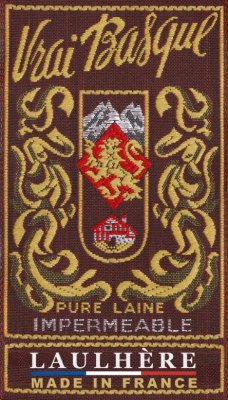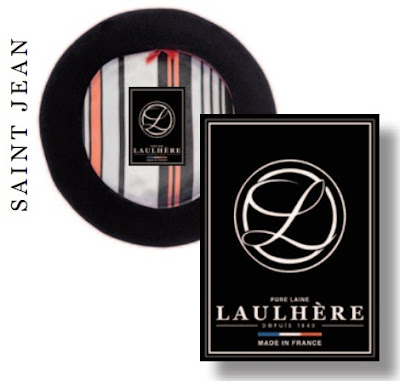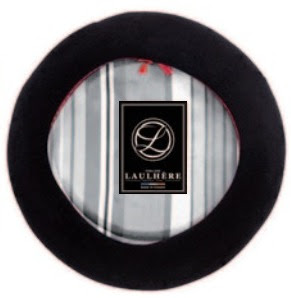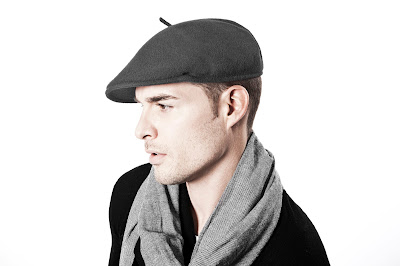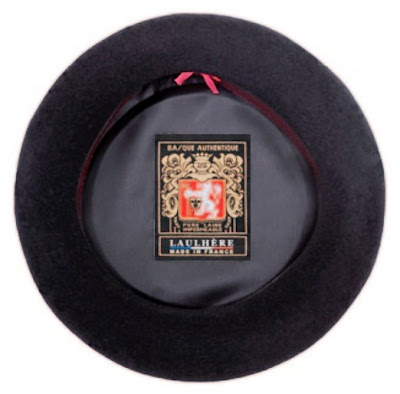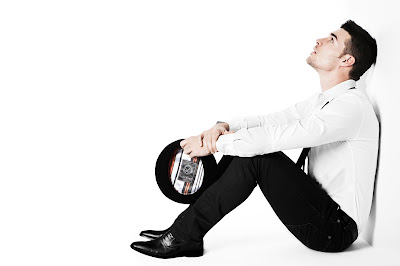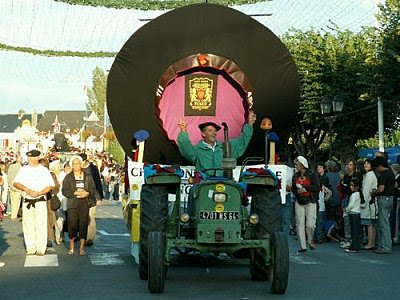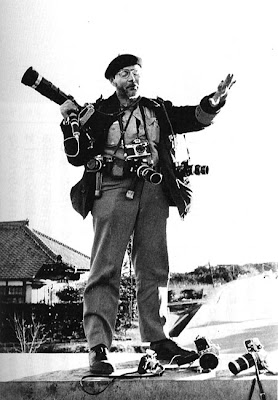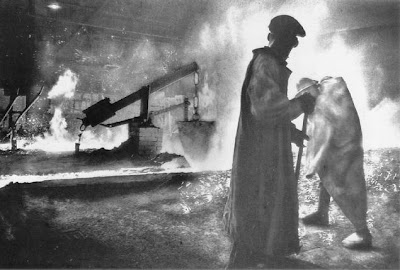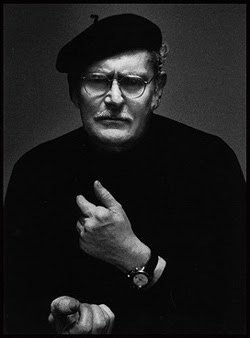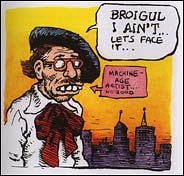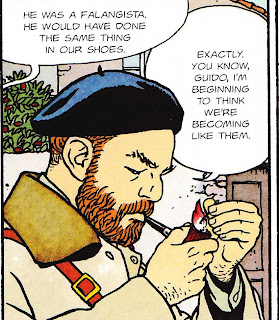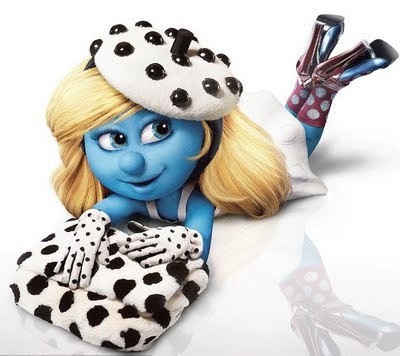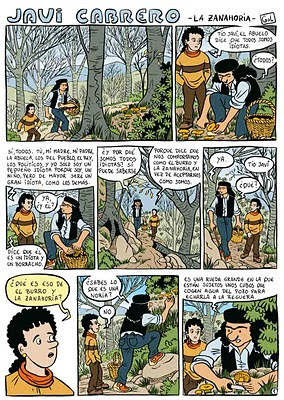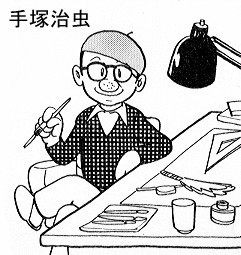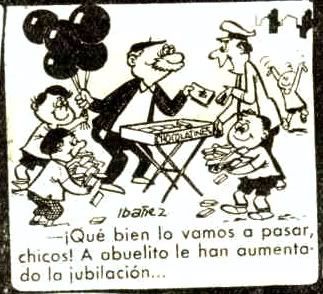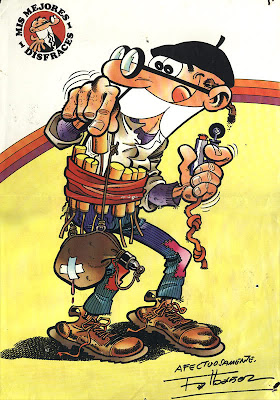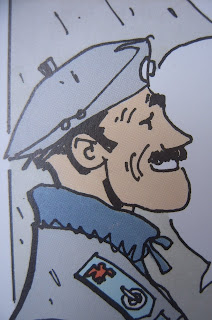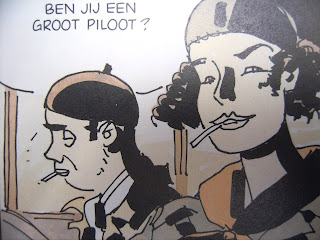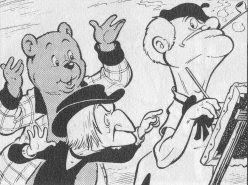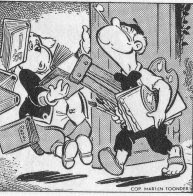Daan
Vendor
- Messages
- 952
- Location
- Wellington, Aotearoa
Béret Vrai Basque
The béret Vrai Basque is, like the béret NIEBLA, one of the oldest beret labels still in production. Traditional French berets, available in both black and navy and a genuine French classic.

Interestingly, the Vrai Basque is made by two different companies, the label practically identical. Both Blancq-Olibet and Laulhère have the rights for this label and, it being such a well known and popular beret, I am sure both companies hate this situation.
There have been a few variations over the years, or decades, though. This is a selection of the various Vrai Basque labels I am aware off:
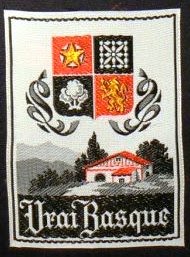
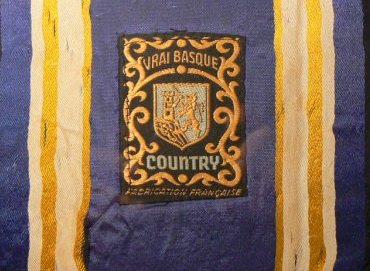

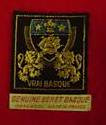
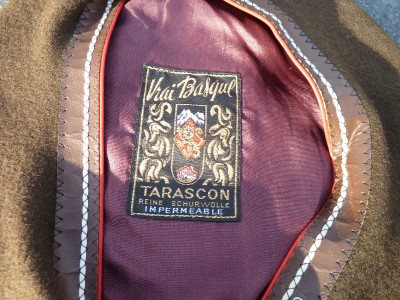
The picture below is an American Boy Scouts beret; don't know it's age, but looking at the bayadère lining, I would think it's 1940's.
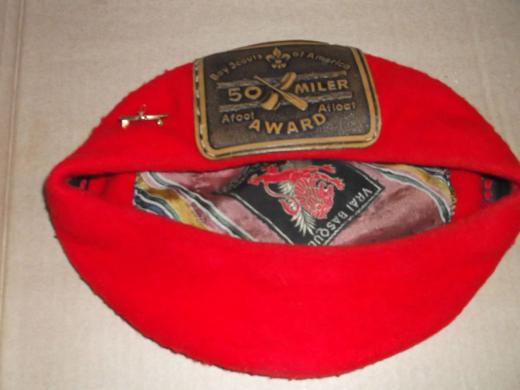
At South Pacific Berets, apart from the black ones, I now stock Vrai Basques in marine/navy, in two diameters. Great berets, flexible and not too warm, perfect for this Indian Summer weather we're still experiencing here at the bottom of the world.
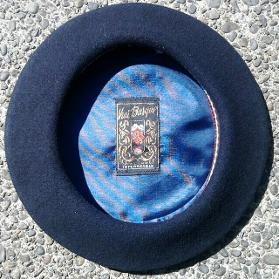
The béret Vrai Basque is, like the béret NIEBLA, one of the oldest beret labels still in production. Traditional French berets, available in both black and navy and a genuine French classic.
Interestingly, the Vrai Basque is made by two different companies, the label practically identical. Both Blancq-Olibet and Laulhère have the rights for this label and, it being such a well known and popular beret, I am sure both companies hate this situation.
There have been a few variations over the years, or decades, though. This is a selection of the various Vrai Basque labels I am aware off:




The picture below is an American Boy Scouts beret; don't know it's age, but looking at the bayadère lining, I would think it's 1940's.
At South Pacific Berets, apart from the black ones, I now stock Vrai Basques in marine/navy, in two diameters. Great berets, flexible and not too warm, perfect for this Indian Summer weather we're still experiencing here at the bottom of the world.

